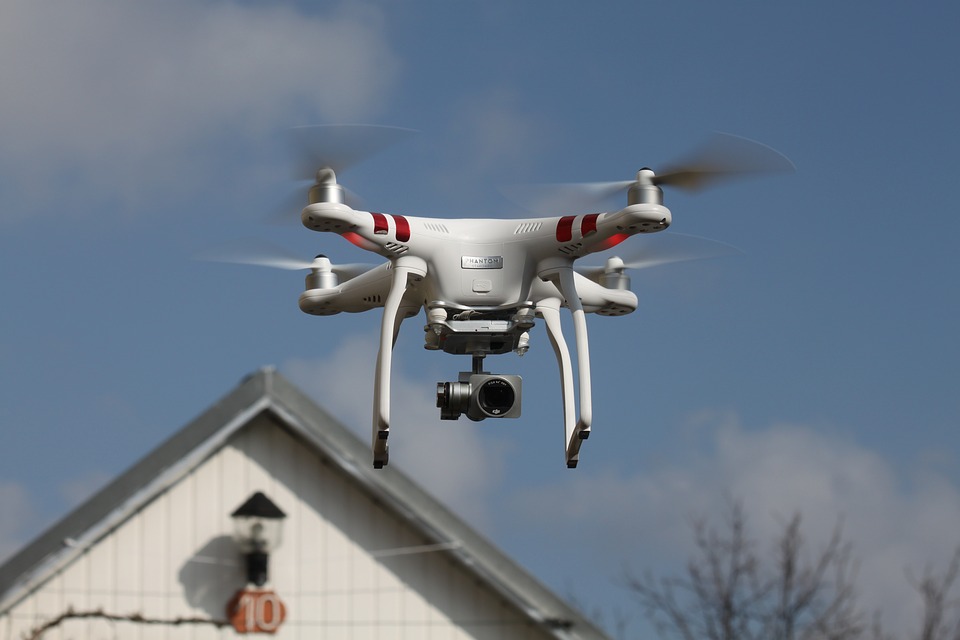This post is also available in:
 עברית (Hebrew)
עברית (Hebrew)
Flying drones through cluttered environments like cities is complicated. The ability to avoid obstacles while traveling at high speeds has computational limits, especially for small drones that cannot carry onboard the heavy weight required for real-time processing.
Common approaches such as simultaneous localization and mapping (SLAM) take raw data of the world and convert them into mapped representations. But the output isn’t typically used to plan motions. In these cases, drones use “occupancy grids” in which many measurements are incorporated into one specific representation of the 3-D world. But such data can be both unreliable and hard to gather quickly at high speeds, according to news.mit.edu.
A new system that allows drones to consistently fly 20 miles per hour through dense environments such as forests and warehouses was developed.
A team from MIT’s Computer Science and Artificial Intelligence Laboratory (CSAIL) developed NanoMap, which considers the drone’s position in the world over time to be uncertain, and actually models and accounts for that uncertainty. Their work was supported in part by DARPA’s Fast Lightweight Autonomy program.
The NanoMap uses a depth-sensing system to stitch together a series of measurements about the drone’s immediate surroundings. This allows it to not only make motion plans for its current field of view, but also anticipate how it should move around in the hidden fields of view that it has already seen.
“Overly confident maps won’t help you if you want drones that can operate at higher speeds in human environments,” says graduate student Pete Florence, lead researcher. “An approach that is better aware of uncertainty gets us a much higher level of reliability in terms of being able to fly in close quarters and avoid obstacles.”
The team’s tests demonstrate the impact of uncertainty. For example, if NanoMap wasn’t modeling uncertainty and the drone drifted just 5 percent away from where it was expected to be, the drone would crash more than once every four flights. Meanwhile, when it accounted for uncertainty, the crash rate reduced to 2 percent.
The way NanoMap handles this is that it essentially doesn’t sweat the minor details. It operates under the assumption that, to avoid an obstacle, you don’t have to take 100 different measurements and find the average to figure out its exact location in space; instead, you can simply gather enough information to know that the object is in a general area.
NanoMap is particularly effective for smaller drones moving through smaller spaces, and works well in tandem with a second system that is focused on more long-horizon planning. The team says that the system could be used in fields ranging from search and rescue and defense to package delivery and entertainment. It can also be applied to self-driving cars and other forms of autonomous navigation.


























